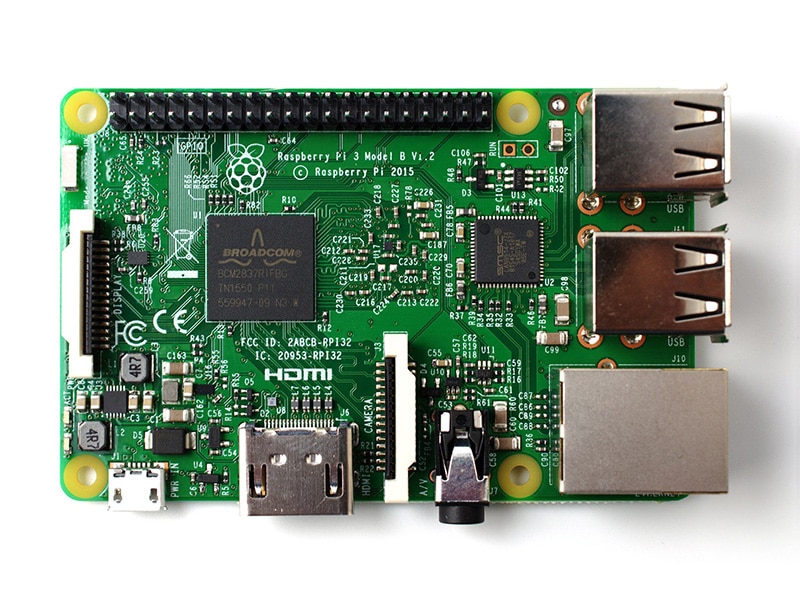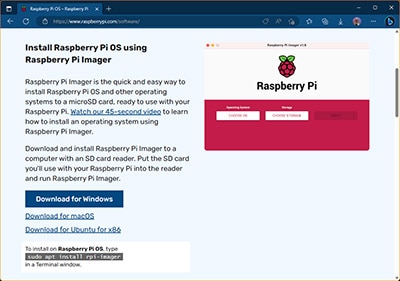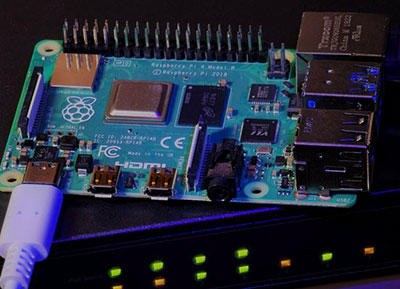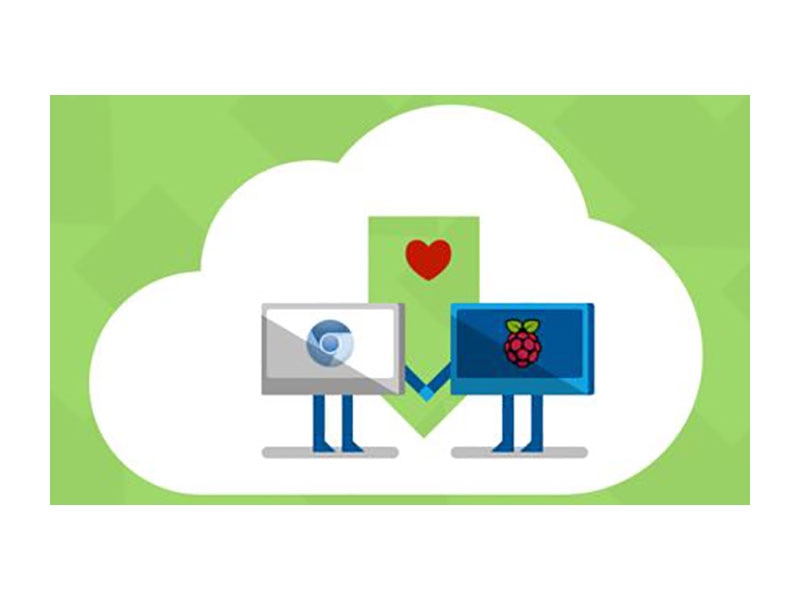How to Boot Raspberry Pi from USB without SD Card
2025-09-09 | By Rinme Tom
License: General Public License Raspberry Pi SBC
The guide “How to Boot Raspberry Pi from USB without SD Card” provides a comprehensive tutorial for users looking to replace unreliable SD cards with faster, more durable USB boot options across various Raspberry Pi models.
Why USB Boot for Raspberry Pi
Booting from USB offers key performance and reliability improvements versus SD cards. SD cards commonly suffer failure after repeated writes, especially in server, monitoring, and high-performance tasks. The throughput limits of SD cards (max ~50 MB/s on Pi 4 and only ~38 MB/s write speeds on Pi 3B) restrict OS operations and slow intensive workloads. In contrast, a USB 3.0 SSD achieves real-world read speeds around 208 MB/s and write speeds up to 140 MB/s, resulting in 5- 10x faster operation and much greater stability.
Model-Specific USB Boot Steps
Raspberry Pi 3B: "One-Time USB Unlock
Boot the Raspberry Pi 3B using an SD card with Raspberry Pi OS installed.
Add program_usb_boot_mode=1 to /boot/config.txt by running:
echo program_usb_boot_mode=1 | sudo tee -a /boot/config.txt
Reboot to apply:
sudo reboot
Verify OTP flag using
vcgencmd otp_dump | grep 17:
— if output is 17:3020000a, USB boot is enabled permanently.
Flash Raspberry Pi OS to a USB stick and boot from USB (SD card not required).
Raspberry Pi 3B+: "Out-of-the-Box USB Boot"
Boot directly from a USB drive, no config edits needed.
Use Raspberry Pi Imager to flash OS onto USB, select the board and OS, then insert into Pi and boot.
Raspberry Pi 4: "EEPROM Flexibility"
Update both the system and the EEPROM bootloader using:
sudo apt update sudo apt full-upgrade -y sudo rpi-eeprom-update -a
Change boot order to prioritize USB using sudo raspi-config: Advanced Options → Boot Order → USB Boot.
Raspberry Pi Imager also provides a bootloader update utility via its user interface.
Raspberry Pi 5: "Native USB & NVMe Boot"
Supports USB 3.0 and PCIe NVMe booting natively — no configuration required.
Simply flash the OS to a USB SSD, plug it in, and power on.
For maximum speed, use the PCIe M.2 slot with a compatible NVMe adapter.
Troubleshooting Tips
Ensure sufficient power (use a powered USB hub for SSDs).
Always use a fresh OS image for the boot drive.
Try multiple brands/models of USB drives for compatibility issues.
Confirm the bootloader/firmware is up-to-date; check and update using the commands given above.
Use the blue USB 3.0 ports for maximum performance.
Real Time Practicality
All Pi 3B, 3B+, 4, and 5 support USB booting (older Pi models, like the original Pi B from 2011, do not support USB boot and require an SD card).
After enabling USB boot, SD card use is still possible; Pi will boot from USB if both drives are present.
Best performance comes from high-quality USB 3.0 SSDs; lower-end sticks may be less reliable.
Pi 5 supports NVMe boot and powers compatible drives directly.
Pi 3B's USB boot enablement via OTP is permanent but reversible for SD card use; Pi 4/5 boot priorities can be changed via raspi-config.
This boot Raspberry Pi from USB provides a detailed, beginner-to-advanced walkthrough for achieving a USB boot setup on all major Raspberry Pi models from the 3B onward, while highlighting performance advantages, troubleshooting, and long-term reliability.



















